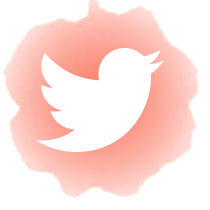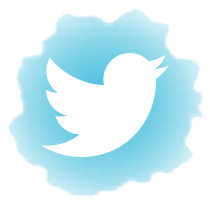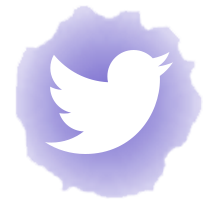Eloise Newnham
Wellness Tip:
Sync Your Breathwork to Your Cycle
This one’s for the ladies. 💁♀️If you have a menstrual cycle, you may not be aware that it affects more than your moods: it even affects your breath.
Yes, lung function and breath-hold ability can shift depending on your hormonal phase. On top of that, certain types of breathwork may be better at different times of the month.
It’s still an emerging field of research, but here’s what we know so far:
- In the menstrual phase, slow, soothing breathwork like diaphragmatic breathing or extended exhales can calm the nervous system and ease cramps.
- In the follicular phase, energising breathwork like Wim Hof can boost focus, mood, and mental clarity.
- Around ovulation, balanced practices like box breathing or coherent breathing help maintain focus and emotional steadiness.
- In the luteal phase, calming techniques like 4-7-8 breathing or humming can reduce anxiety and support better sleep.
It makes sense, doesn’t it? Thanks to this week’s guest (see below) for the tip!
Routine Breakdown
Eloise Newnham, Founder and CEO of FUTURE WOMAN
Routine of A Founder & Hormone Health Geek

As founder of a hormone testing company for women, Eloise Newnham lives and breathes hormone health. “It also means juggling a million tabs open in my brain every day,” says Eloise. “So my morning routine is non-negotiable. It’s designed to support both my hormones and my headspace as a founder.”
The Routine:
- Wakes after a full night’s sleep. “Sleep is the foundation. I aim for 9 hours a night. I track sleep with an Oura ring and this is what I’ve found I need to feel my best.”
- Sunlight and hydration. “First thing, I get 15 minutes of morning light outside to set up my circadian rhythm for the day—plus a large glass of water with a pinch of Celtic sea salt to hydrate and kick-start adrenal function.”
- Quick movement. “A short stretch and 2-minute strength challenge may sound simple, but even small amounts of movement help build muscle (which combats insulin resistance) and support lymphatic flow—both crucial for hormone balance.”
- Cycle-aware breathwork. “Breathwork helps support a healthy cortisol response—something we test for at FUTURE WOMAN. But I adjust it to suit my cycle phase. So much of what we do is to adapt things that appear universal but actually have been designed with men in mind!” In her follicular phase, she uses energising Wim Hof breathing. In luteal/menstruation, she switches to calming 4-7-8 breathing.
- Infrared. “I habit stack breathwork with 10 minutes in front of my infrared light to reduce inflammation and support recovery.”
- Stimulating lymph flow. “Before a quick shower, I gently massage six key lymph nodes (behind the ears, collarbone, armpits, stomach, inner thighs, and behind the knees).”
- Breakfast and supplements. “When I remember, I drink a warm mug of bone broth before breakfast to support gut lining, digestion, and overall hormone health. Then it’s a high-protein, high-fat breakfast. Usually a protein smoothie or 3 eggs on flaxseed bread with veggies. Eating protein within an hour of waking helps to keep blood sugar stable throughout the day.”
Why it works:
- Sleep, sunlight, hydration and movement are four of the pillars of human health!
- Early evidence suggests that different breathing practices are better suited to certain cycle stages. See above!
- Research suggests red light therapy may be effective for pain, inflammation, and more.
- Massaging lymph nodes may help support circulation and lymph flow, based on techniques used in lymphatic drainage massage.
- Eloise is right—high protein breakfasts help keep blood glucose steady. Make sure you’re getting enough!
“This routine helps me show up clear-headed, calm, and energised,” says Eloise. What do you think of her routine?
















